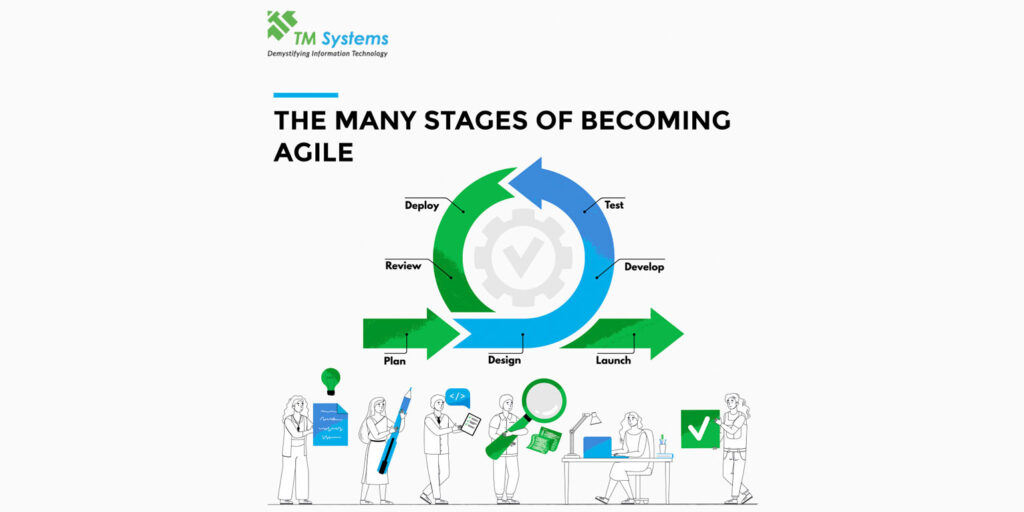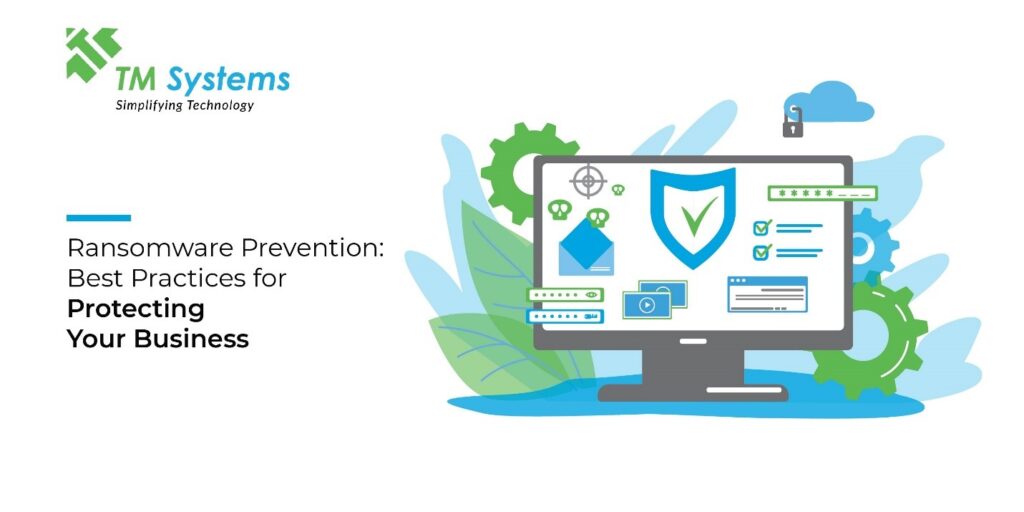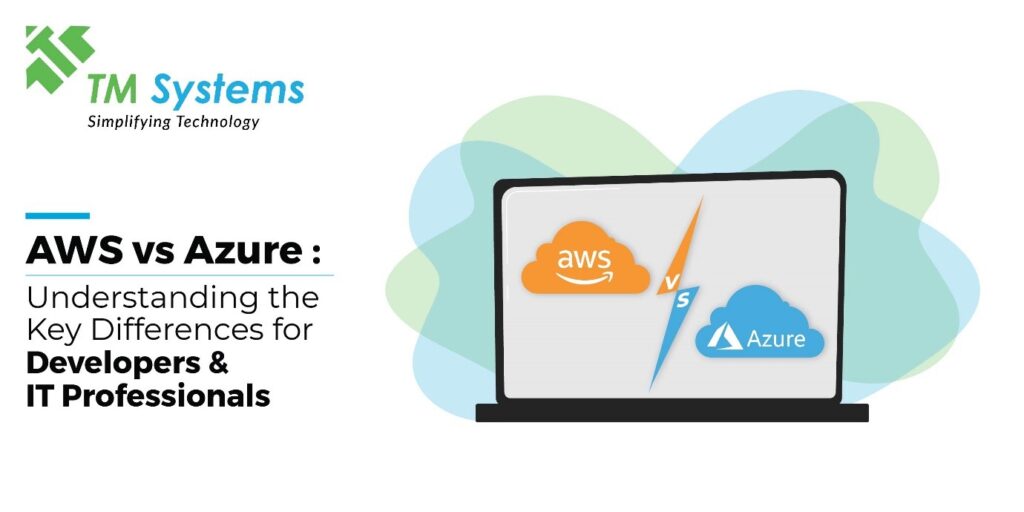
The Many Stages of Becoming Agile

The Many Stages of Becoming Agile
How to Become an Agile Organization in 10 Stages
Agile transformation has become an increasingly popular term across the corporate sector. A transformation process for any organization, the goal of an Agile transformation is to make the organization quick on its feet and adaptable to change.
Agile | áʤɑjl
able to move quickly and easily
In broad and simplistic terms, the goal is for the organization to become agile, in its whole and all its parts so that it can be more efficient and thrive in case of unprecedented challenges. In the modern fast-paced world, where a few months bring about a new update on something or the other – it is important that any organization is prepared to deal with fast-changing environments. Agile transformations are designed to be for software corporations but the transformation is more of a philosophy that can be adopted by any organisation.
An agile transformation is a set of values which guide the organization on what to prioritize. These include things like: customer interaction gaining importance, an increase in collaborations and a decrease in planning, processes and too many layers and hierarchies in the management and operations.
This kind of a transformation is a mammoth task as it requires a change in mindset and the approach to working day in and day out. At the core of the transformation, a mindset change is must.
The agile transformation is divided into many stages – let us walk you through them and show how we can aid you with them:
1. Spot the Agility
Some of the existing values or practices of your company might be agile in nature and might be matching your end goal – spot them. TM Systems can kickstart this process by helping you identify what kind of progress has been made by these pockets of agility which makes it easier to convey to the rest of the company what needs to be done going forward and what are its advantages.
2. To be or Not to Be Agile
The next stage before we actually start the agile transformation is to determine whether this is the right time for your company to undergo this kind of a change and the pros and cons of it. These things can also be weighed in on by learning from other organizations who are already in the process of transforming.
3. Get Set Go – but form a team first!
Such an extensive transformation would require a dedicated team as it is never-ending in nature. Most companies start with having few people from different departments who identify with the agile ideology to start leading the change.
4. Leading by example and applying methodologies
This kind of a fundamental change needs to come from within. This is where smaller teams that have achieved agility can share their experiences and inspire. There are also many tools and methodologies, like Scrum, that TM Systems can intervene with to give agile tasks a boost.
5. What’s life without a few challenges?
The next stage of the agile transformation deals with challenges and how the company bounces back from them while keeping up with agile processes. Here again, TM Systems can support your organization by suggesting a framework or tools to follow.
6. The whole and its parts
Getting smaller teams and then departments to be agile is an achievement in itself. However, the biggest challenge is to get all the teams to collaborate with each other and work in a way that the whole company can be agile. This requires non-hierarchical workflow and communication throughout the organisation.
7. Chase the real agility
Since agile transformations have become the popular token word – it is misused and misinterpreted quite often. Even while being in the process of agile transformation – the organization could be led astray by what seems like agility but at its core it isn’t. Our constant can keep your organisation in sight of the actual goal and not be distracted.
8. It takes a village
In the software industry – agile transformations can be realised in the main teams with more efficiency and then, the task is to get all the back-end departments – like finance, HR, etc. to get into the fold. Otherwise, they prove to be a threat to any agile change that has come about.
9. To stand on one’s own feet
To measure the success of any agile transformation process – the words “transformation process” need to be removed from the equation. Once the crutches of process and tools and framework are removed and the employees no longer “have to” follow an agile protocol – do they still follow it? This proves to be a great test to see if your organization is agile or not.
10. Hit the jackpot!
A successful agile transformation will ultimately lead the organization to innovation that shakes the market – either in terms of creative processes or output. Your organization may find a way of doing existing things in a way that yields better results, or it comes up with a product or service that is creative, or it simply challenges a certain norm – all leading to major revenue growth; that is achieved by creating value in some way or the other.
As you can see, agile transformation is a long process but worth every ounce of effort one puts into it. While agility can only be achieved by a mindset change that alone is never enough or reliable – the organization requires more tangible ways to bring about the change. This is where external support comes in – TM Systems can offer this support with tools, methodologies, and a framework so that you simply execute the change instead of planning it.




